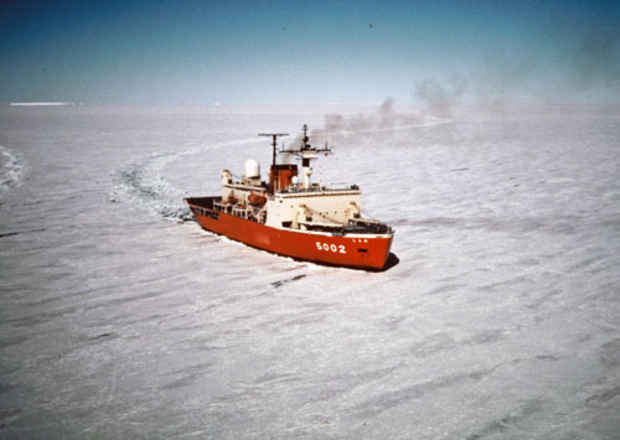Antarctic Architecture 1957-2016
Lixil Gallery Osaka

This event has ended.
Antarctica - a land of extreme cold and strong winds. Currently, some 70 buildings stand at Showa Station, Japan’s first Antarctic research station, established in 1957. Through the decades, over 3,000 people have lived at this station to undertake research, construction work, and other duties. How has Antarctic architecture evolved in that time to ensure their safety and comfort? Snowdrifts created by blizzards are a major issue for architecture in Antarctica. They can bury entire buildings within a few years, and architects have intently studied ways to prevent this. What has enabled the improving design and performance of buildings at the station is the gradual enlargement of the icebreaker charged with delivering foodstuffs and materials, now in its fourth generation. This exhibition traces the evolution of Japan’s epoch-making Antarctic architecture from 1957 to 2016 in conjunction with four generations of icebreakers. It does so through photographs selected from the archives of the National Institute of Polar Research along with supplementary video and actual materials, some 90 pieces in all. Also presented are 16 research stations operated by other nations, each of which demonstrates a different approach to the challenge of Antarctic architecture. A high degree of expertise and innovation has gone into realizing safe, comfortable living environments in Antarctica. This exhibition seeks to document and convey this fact.
Media
Schedule
from 12月 09, 2016 at 10:00 to 2月 21, 2017 at 17:00
Closed on Wednesdays.